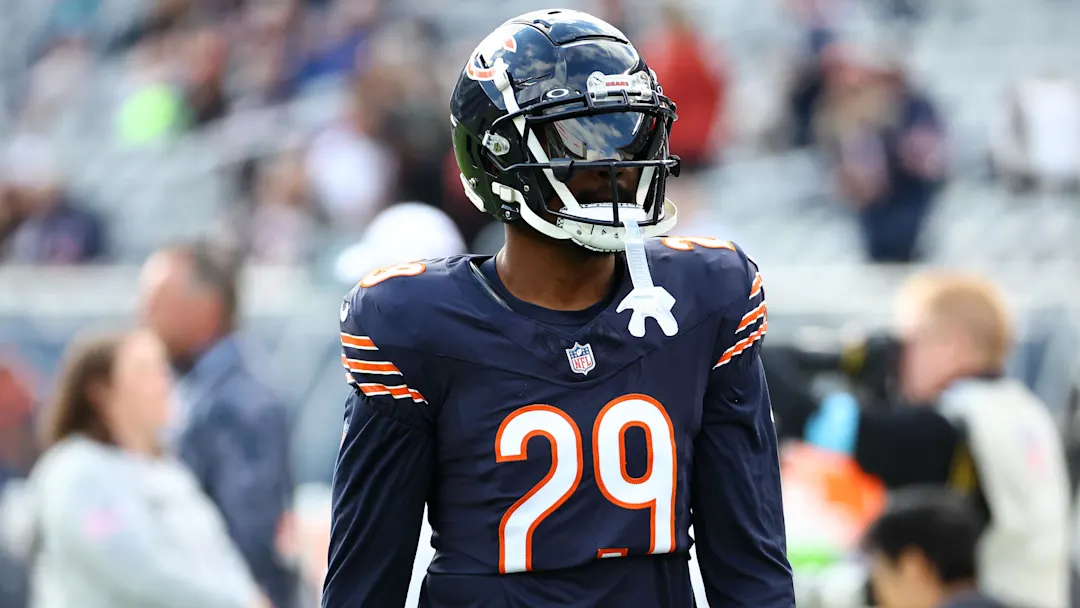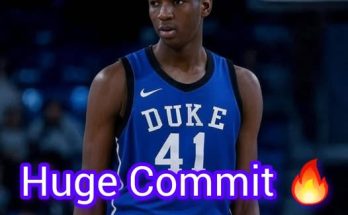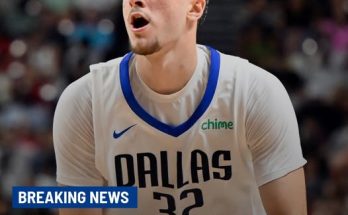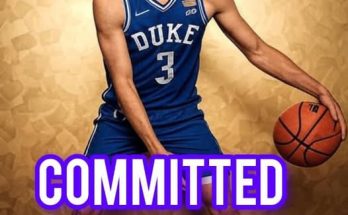The Los Angeles Chargers made waves during the NFL’s annual schedule release day, not just with their 2025 matchups but with a social media campaign that raised more than a few eyebrows. In a bold and unmistakably petty move, the Chargers directly targeted Chicago Bears cornerback Tyrique Stevenson in their schedule release video, sparking a wave of reactions across the football world.
Every year, NFL teams use the schedule release as an opportunity to show off their creativity. From blockbuster-style trailers to humorous TikTok-style skits, franchises attempt to entertain fans while revealing when and where they’ll face off against the rest of the league. The Chargers have earned a reputation in recent years for producing some of the most buzz-worthy and entertaining schedule videos. In 2025, they may have outdone themselves—at least in terms of stirring up controversy.
At one point in the Chargers’ anime-style video, which has quickly gone viral, an unmistakable dig at Tyrique Stevenson made social media explode. The moment occurred during the week the Chargers are set to face the Chicago Bears. Instead of a generic representation of the team or city, the animation zoomed in on a character resembling Stevenson, depicted in a less-than-flattering light. The Chargers portrayed a cornerback getting cooked on a route—clearly referencing Stevenson’s rookie-year struggles and viral lowlights from the 2024 season. A sign next to the animated character even read “No Fly Zone? More like Free Fly Zone,” a play on words mocking the corner’s confidence and public persona.
The message was loud and clear: the Chargers didn’t just want to hype their matchup with the Bears—they wanted to take a public swipe at Stevenson.
Fans were quick to notice the reference, and reactions ranged from laughter and support to criticism and concern over whether the Chargers crossed a line. Some Bears fans were livid, accusing the Chargers of going too far by singling out a young player. Others, however, praised the boldness and humor, noting that Stevenson himself had made headlines for talking trash last season despite inconsistent play.
The player himself has yet to respond publicly to the jab, but it seems inevitable that he’ll address it, whether through social media or on the field. In an era where players are more connected with fans than ever before, and where brand and reputation are closely tied to performance and perception, being publicly targeted by another franchise’s media team isn’t something most players take lightly.
It’s worth noting that Tyrique Stevenson was a second-round pick by the Bears in the 2023 NFL Draft. He entered the league with high expectations and plenty of swagger, but like many young corners, he’s faced ups and downs as he adjusts to the speed and complexity of NFL offenses. While he’s shown flashes of potential, he’s also been burned on a number of high-profile plays, which have been widely shared across social media platforms.
The Chargers clearly saw an opportunity to capitalize on those viral moments, especially given the online nature of schedule releases. By injecting humor, even if sharp-edged, they ensured their video would be one of the most talked-about. And it worked—their schedule release was trending on X (formerly Twitter), Instagram, and TikTok within hours.
Still, the move brings up an ongoing conversation in the NFL about respect, branding, and the blurred lines between competition and trolling. Schedule release videos used to be straightforward announcements. Now, they’re carefully crafted marketing tools, often with a tone of satire or direct shots at rivals. The NFL’s embrace of this trend reflects the league’s desire to appeal to younger audiences and expand its presence in meme culture.
From the Chargers’ perspective, this wasn’t just a petty dig—it was part of a broader marketing strategy. Their social media team has long leaned into viral humor, and this year’s anime theme gave them a platform to exaggerate characters and storylines. Targeting Stevenson may have seemed like fair game, especially if they viewed it as a callback to moments already in the public eye.
But the Bears organization might see things differently. It’s one thing to poke fun at a team logo or mascot; it’s another to single out a specific player by name or likeness, particularly one who’s still early in his career. Whether the NFL will step in or issue any statement remains to be seen, though it’s unlikely unless Stevenson or the Bears formally lodge a complaint.
Interestingly, this isn’t the first time the Chargers have gone viral for their schedule release antics. In 2023, they mocked the Detroit Lions with a depiction of an empty trophy case and made fun of the Raiders’ instability at quarterback. That year’s video was also anime-themed and received critical acclaim and fan enthusiasm—but not without pushback from the teams and players targeted.
What makes this year’s jab different is its personal nature. Stevenson wasn’t a general symbol of a team flaw; he was the subject. For a player still finding his footing in the league, this kind of spotlight—mocking rather than celebrating—can be a lot to handle.
Analysts across the league have weighed in. ESPN’s Mina Kimes commented, “The Chargers clearly came to entertain, but when you call out a specific player, you better be ready for the blowback if that guy balls out on you.” Others took a more humorous angle, with NFL Network’s Kyle Brandt saying, “Stevenson’s probably got that one pinned in his locker already.”
For Stevenson, the jab could either be motivation or distraction. Some players thrive off perceived disrespect and use it as fuel. Others get consumed by the narrative and find it harder to tune out the noise. Stevenson, who has shown flashes of confidence and competitive spirit, might see this as a challenge to prove the Chargers wrong come game day.
For the Chargers, this is part of a larger trend. Their media team has become known for pushing boundaries and embracing an irreverent tone. Whether it’s mocking rivals or turning players into over-the-top anime characters, they’ve found success by appealing to the digital generation.
What happens when the Chargers and Bears actually take the field could be one of the most intriguing subplots of the NFL season. Will Stevenson silence the critics and get revenge? Will the Chargers’ receivers live up to the hype and back up their media team’s trash talk? That Week X (exact date TBD) matchup suddenly has more juice than anyone expected.
In the ever-evolving intersection of sports and social media, the Chargers have made one thing clear: no one is safe from getting roasted—not even a young cornerback still trying to find his rhythm in the NFL.
Whether fans see it as entertainment or poor sportsmanship, there’s no denying that the Chargers’ video did exactly what it set out to do: generate buzz, create conversation, and keep people talking well beyond the schedule drop.
As for Tyrique Stevenson, all eyes will be on his next move. Will he clap back online? Will he stay silent and let his play do the talking? One thing’s for certain—when the Bears and Chargers square off, the cameras and the narratives will be ready.
And maybe, just maybe, Tyrique Stevenson will get the last laugh.



